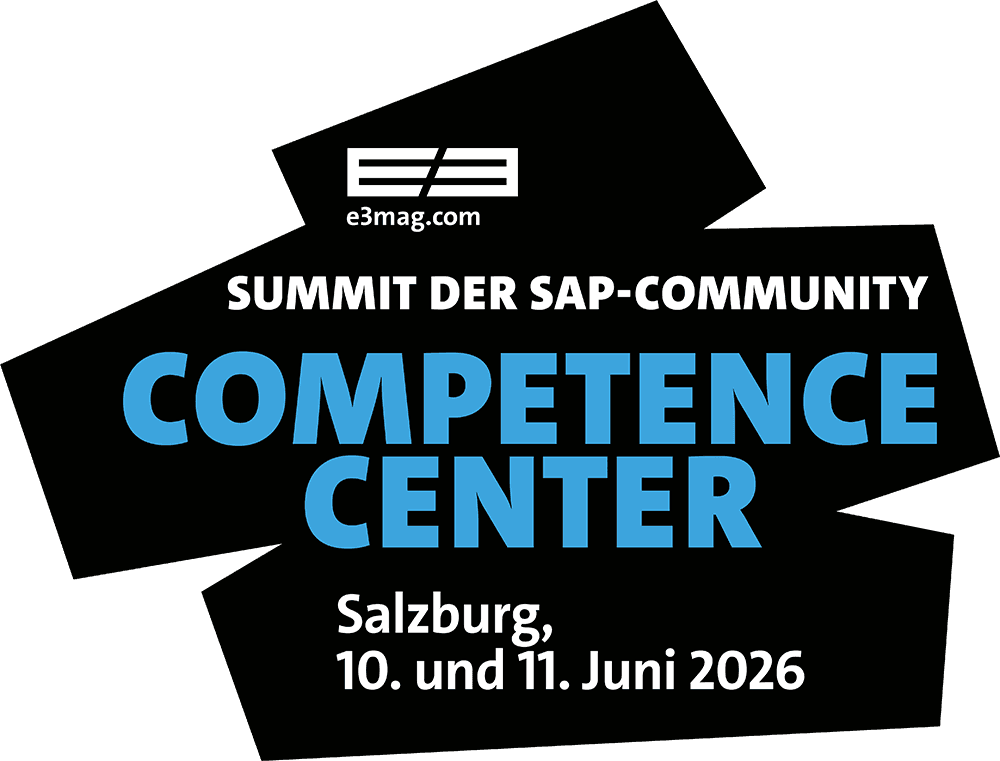DSAG survey 2024: Public transformation


The study, which was conducted by the German-speaking SAP user group in collaboration with PD - Berater der öffentlichen Hand, sees the end of maintenance as the main driver of the S/4 transformation in public administration.
Just under 5 percent of respondents have already completed the transformation, 93 percent are in the implementation phase and 2 percent have not yet started. Of the 93 percent of respondents who are currently in the implementation phase, 41 percent are currently in the preparatory phase of the transformation. This shows that 10 percent are in the S/4 preliminary study, 10 percent are working on preliminary projects, 8 percent are checking technical readiness, 6 percent are working on data analysis, while 5 percent are making initial preliminary considerations and 2 percent are determining the business case.
"The fact that over 90 percent of the institutions surveyed are currently tackling an S/4 transformation project shows how seriously public administration is taking the digital transformation," explains Hermann-Josef Haag, DSAG Board Member for Human Resources & Public Sector. "This is important in order to be future-proof and efficient."
One third in realization phase
Of the 51% of respondents who state that their project is in the implementation phase, 13% are in the realization phase, 10% are completing the technical S/4 readiness check. Around 7 percent are in the conception phase and 5 percent are working on preliminary projects. Projects in the go-live phase are planned by 5 percent of respondents, 4 percent are currently archiving, 4 percent are in the tendering phase and 3 percent are in the business impact analysis phase. "The fact that more than half of the projects are already in the implementation phase is to be welcomed.
However, with the end of maintenance approaching, it has to be said that the remaining 50 percent need to act urgently," comments Haag and adds: "A transformation takes a lot of time, especially when it comes to changing employees. In addition, the systems in administration are often complex and contain many customer adaptations, which also complicates the path to S/4."
End of maintenance of central driver
When asked about the main driver of the transformation, almost 91 percent cite the end of mainstream maintenance in 2027 or the end of extended maintenance in 2030 for legacy systems. "The end of maintenance for SAP ECC is undoubtedly the strongest driver for many organizations to get to grips with S/4 Hana now," explains Haag. "This fixed date sends a clear signal: future-proof IT must be tackled now in order to secure ongoing operations in the long term and ensure the ability to innovate."
From DSAG's point of view, it is important not only to switch to S/4 Hana, but also to take the opportunity to renew processes and utilize the added value of a transformation. "They should not only take the opportunity to rethink and redesign or optimize their own processes, but also keep in mind that they are introducing technologies that promote innovation more quickly," emphasizes Haag. The DSAG survey shows that many S/4 Hana projects are viewed critically in terms of time, budget and quality. 19 percent of respondents are critical of the time factor, 47 percent are partially critical and 33 percent say they are on schedule.
"Tight timeframes and often limited budgets are a constant challenge for public administration when it comes to IT projects. This is not only the case with the S/4 transformation," says Haag, adding: "Strong project management and support from the authorities' management are prerequisites for successfully implementing projects in a short space of time." When asked about the role of the cloud in their S/4 transformation, 19 percent said they had not yet decided. For 35 percent, the cloud plays no role, as the migration is exclusively on-premises. A further 30 percent consider the cloud to play a subordinate role.
Conclusion:
The S/4 transformation in the public sector is picking up speed. The most important driver for the projects is the end of maintenance in 2027 or 2030. And the biggest opponent is time, followed by budget. The cloud has a difficult time, playing a subordinate role for around a third of companies. Data protection and a lack of functionalities, particularly in relation to industry requirements, are the main obstacles. And when migrating, almost half of those surveyed use the brownfield approach.





